1. Going Caroling
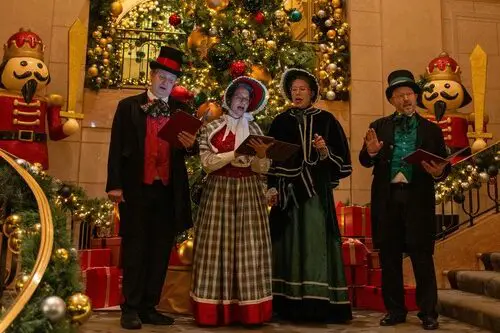
Caroling used to be a festive tradition, where families bundled up in their coziest attire and strolled down the neighborhood streets, singing holiday songs door-to-door. Back in the day, it was a way to spread cheer, especially in tight-knit communities. People would gather in groups, harmonizing to beloved tunes like “Silent Night” and “Jingle Bells,” and the neighbors would welcome them with warm smiles and sometimes even a small gift or a hot drink. It was a truly personal and hands-on way to celebrate the season, and for many, it was an event that built lifelong memories says MSN.
These days, however, caroling has mostly fallen out of favor. Between hectic schedules, the constant presence of digital entertainment, and the shift in how we communicate, the time and energy required to round up the family and sing from door to door just isn’t as appealing. The younger generations now prefer to enjoy holiday music in the comfort of their own homes, through playlists or streaming services. There’s something about the convenience of a phone and a speaker system that takes away the magic of singing together in the cold night air. And with the rise of online greetings and e-cards, it feels like a more impersonal way of sending holiday cheer has replaced this intimate tradition.
2. Writing and Mailing Christmas Cards
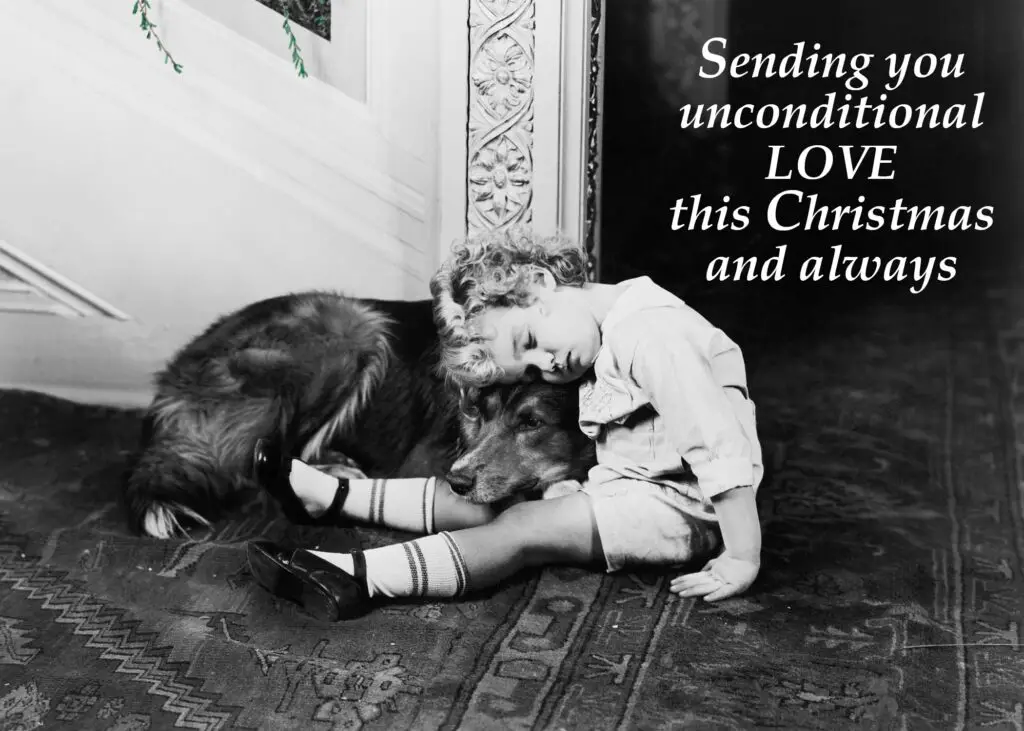
Writing out Christmas cards used to be a significant ritual in the weeks leading up to the holiday. People would take the time to sit down and pen thoughtful notes to their friends and family, reflecting on the year and sending well wishes. For some, it was a way to reconnect, especially if they hadn’t seen someone in a while. The process of finding the right card, addressing the envelope, and choosing the perfect stamp was all part of the fun. It was a tradition that allowed people to feel close, despite the distance explains Southern Living.
In today’s world, though, the practice has become a rarity. Most people now send quick digital greetings, or worse, forget about the tradition altogether. Between the stress of holiday shopping and the ease of texting or posting on social media, the idea of handwriting and mailing cards seems like a time-consuming chore. Plus, with everyone’s inboxes already full, sending a physical card can sometimes feel outdated. The personal touch has been replaced by convenience, and it’s rare to see a mailbox filled with festive greetings anymore.
3. Making Homemade Ornaments

For many Boomers, crafting ornaments with the kids was a cornerstone of the holiday season. Families would gather around the kitchen table with glue, glitter, and ribbons, creating decorations that would be cherished for years. The joy was in the process—watching a simple piece of clay or an old pinecone transform into something special adds Mental Floss. Many ornaments had personal meanings, telling stories about the child’s growth or reflecting the year’s events. The tree was often decorated with an array of these handmade creations, each one holding sentimental value.
But now, many young families prefer to buy pre-made ornaments or even use digital photo frames to display memories, skipping the crafting altogether. It’s not that they don’t appreciate homemade touches; it’s just that the time-consuming nature of DIY projects, coupled with the need to balance work and family life, often takes a back seat. There’s also the convenience of store-bought ornaments that are ready to hang and much less messy. While some still engage in the occasional DIY project, it’s not nearly as widespread as it once was, especially during the busy holiday rush.
4. Elaborate Christmas Feasts

Boomer-era holiday meals were events. The kitchen would come alive with the smell of roasting turkey, baked ham, mashed potatoes, and a variety of casseroles. These feasts were more than just meals; they were celebrations of togetherness and tradition. Cooking a multi-course dinner took time and care, and every family member had their role in the preparation. It wasn’t uncommon for everyone to pitch in, whether it was chopping vegetables, stirring the gravy, or setting the table. The meal itself was served with pride, often followed by hours of conversation, laughter, and, of course, dessert.
These days, however, families often opt for simpler meals. With everyone’s busy schedules and the rise of convenience foods, spending the whole day cooking a massive spread has become less of a priority. Many families are turning to takeout, potlucks, or even pre-cooked meals to make the holiday easier to manage. And while there’s still a sense of excitement around holiday food, it’s just not the same level of extravagant preparation that it once was. The importance of family meals remains, but the traditional feast has evolved into a more low-key version.
5. Creating DIY Gifts

In the past, DIY gifts were a common way to show love and appreciation during the holiday season. Whether it was homemade soap, knitted scarves, or personalized photo albums, the effort and thought put into these presents made them extra special. People took pride in making something unique and personal for their loved ones, spending hours crafting with care. The satisfaction of creating a gift with one’s own hands was a fulfilling part of the holiday experience. It was a tradition that allowed people to share their creativity and talents, making the holidays feel more genuine.
Fast-forward to today, and store-bought gifts have mostly replaced the DIY alternative. With the rise of online shopping and mass-produced gifts, it’s easier and quicker to buy something off the shelf. Plus, for many families, time is limited, and the thought of spending hours making something from scratch just doesn’t fit into the equation. Though DIY gifts are still cherished in some families, the idea of making something by hand has taken a backseat to the convenience of buying something that checks off the list.
6. Attending Midnight Mass
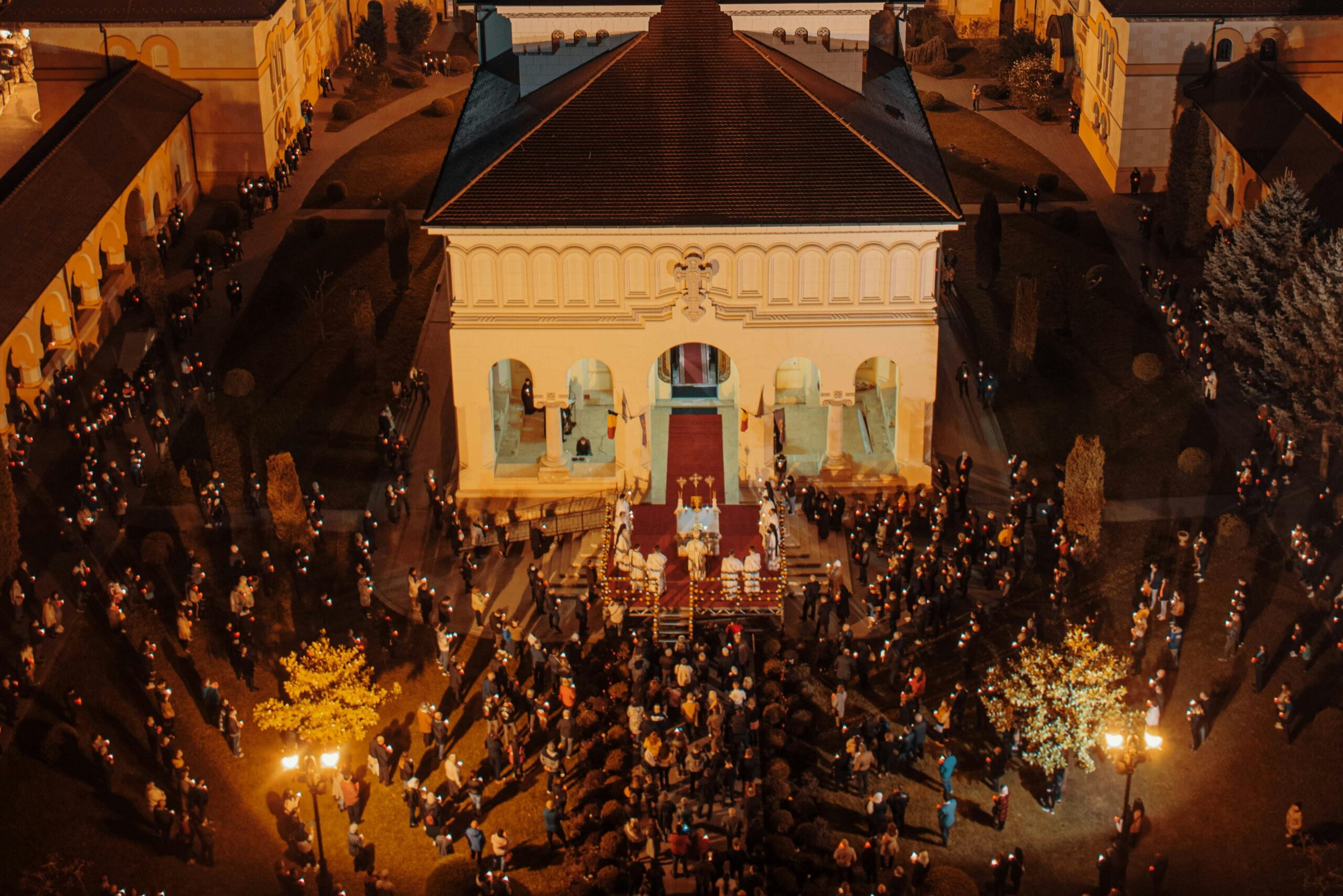
Midnight Mass has long been a holiday tradition for many families, especially in religious households. For years, it was an important ritual that brought people together to celebrate the true meaning of Christmas. The church would be filled with families dressed in their finest, singing carols and listening to the sermon that tied the holiday season to faith. The midnight service was a way to mark the occasion, and it often felt like the start of Christmas itself. It was a time to reflect, to pray, and to bond as a community before heading home to open presents and share a meal.
In more recent years, though, fewer families make it to midnight services. With the rise of online streaming, people now have the option to watch services from the comfort of their own homes, making it less of a social outing. Additionally, the late hour can be tough for young children and working adults, so the tradition has been modified in many households. Some may opt for earlier services or forego church altogether in favor of other holiday activities. While the tradition persists in some families, it’s no longer the must-attend event it once was.
7. Using Real Christmas Trees
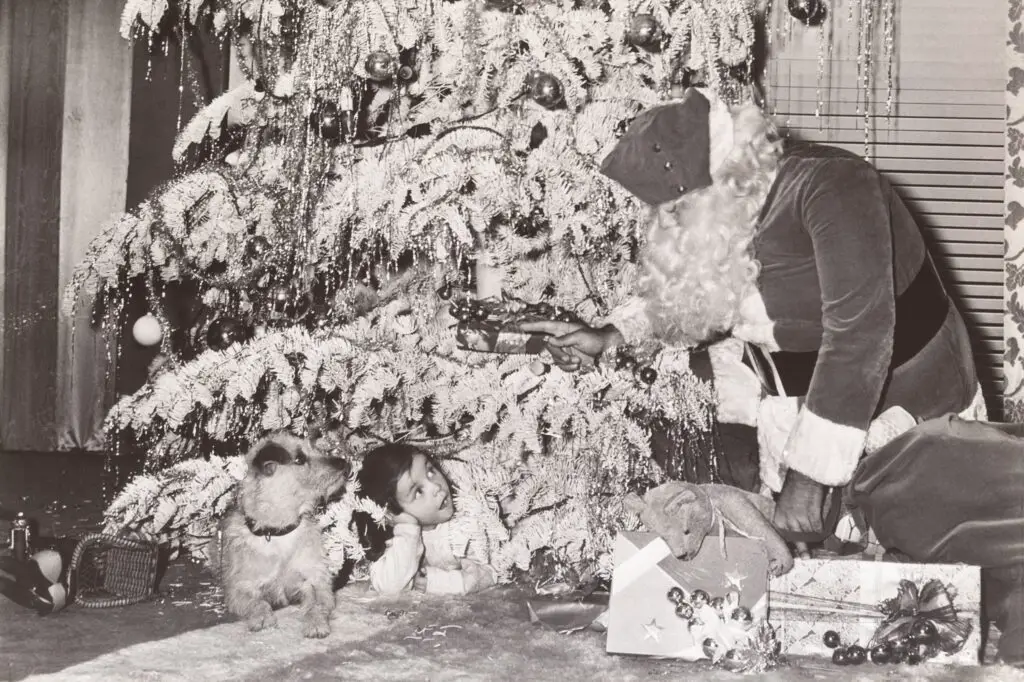
The ritual of getting a real Christmas tree from a local farm or tree lot was a quintessential holiday tradition for many families. The experience of picking out the perfect tree, often with the whole family, was a magical part of the season. The smell of fresh pine would fill the house, and the process of decorating the tree was something that everyone looked forward to. Real trees were seen as a symbol of authenticity and were often the centerpiece of the home during the holidays. Plus, there was something satisfying about caring for the tree throughout the season, making sure it stayed fresh and healthy.
However, in recent years, artificial trees have become a popular choice for many families. They’re less messy, last longer, and can be reused year after year, making them a convenient alternative. The ease of setting up an artificial tree without worrying about watering it or cleaning up pine needles has made them more appealing to busy families. While real trees still have their charm, they’ve been largely replaced by their more low-maintenance counterparts in many homes.
8. Participating in Advent Calendars
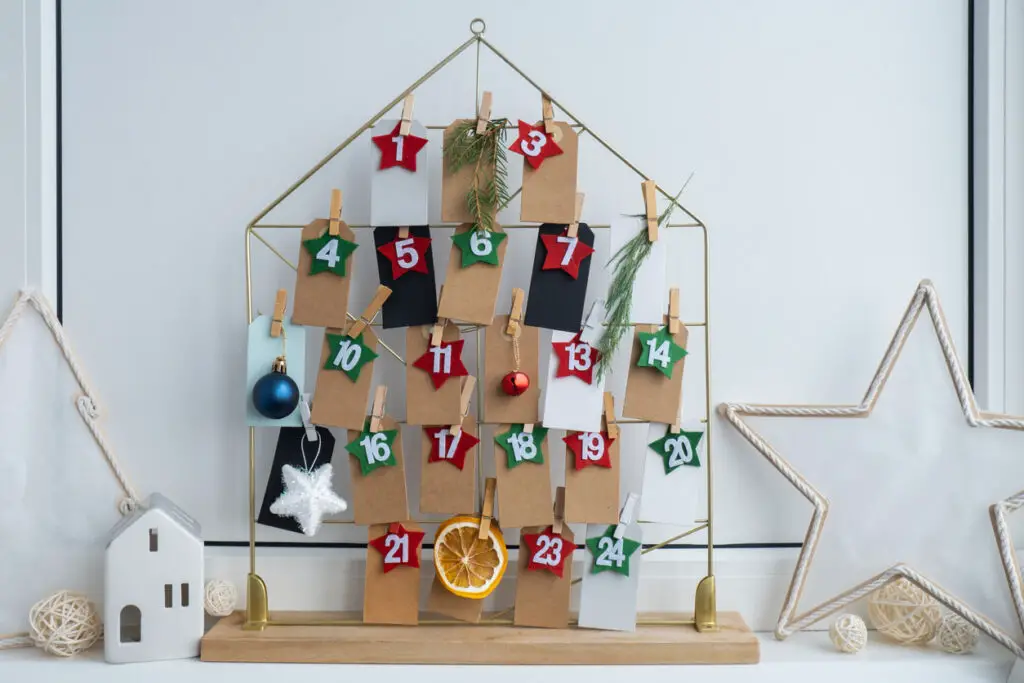
For many Boomers, the days leading up to Christmas were filled with excitement, thanks to the tradition of Advent calendars. These calendars would be filled with little treats, trinkets, or messages, with each day offering a new surprise as Christmas approached. Families would gather together, taking turns opening the windows on the calendar, and often sharing a special moment of joy. It wasn’t just about the gifts inside but about creating a sense of anticipation and togetherness as the holiday drew closer.
Today, however, traditional Advent calendars have been replaced by digital versions or even commercialized alternatives. Many young families now turn to online countdowns or Advent-themed apps, where they can unlock a new virtual surprise each day. The hands-on, tactile experience of opening a small door each day has been replaced by the convenience of scrolling through a phone. While some still stick to the old-school paper versions, the custom of gathering around a physical calendar has faded for many in favor of more modern options.
9. Watching Classic Christmas Specials

The holiday season used to mean gathering around the television to watch classic Christmas specials. Shows like A Charlie Brown Christmas, Rudolph the Red-Nosed Reindeer, and Frosty the Snowman were annual events that families would eagerly look forward to. These specials were often watched as a group, and for many, they marked the start of the season. The excitement of sitting together with loved ones, snuggled under blankets, as the timeless characters came to life on screen, created a sense of nostalgia and tradition.
But now, these classic specials are less of a shared family experience. With the rise of streaming platforms, these specials are available on-demand, which has taken away the magic of waiting for them to air. Kids no longer have to rush home to catch a specific show at a certain time, and many families simply skip watching these older films altogether. While they’re still beloved, the tradition of watching them together as a family during a special time is no longer as prevalent, as kids today are often distracted by a multitude of other options on their devices.
10. Making Gingerbread Houses
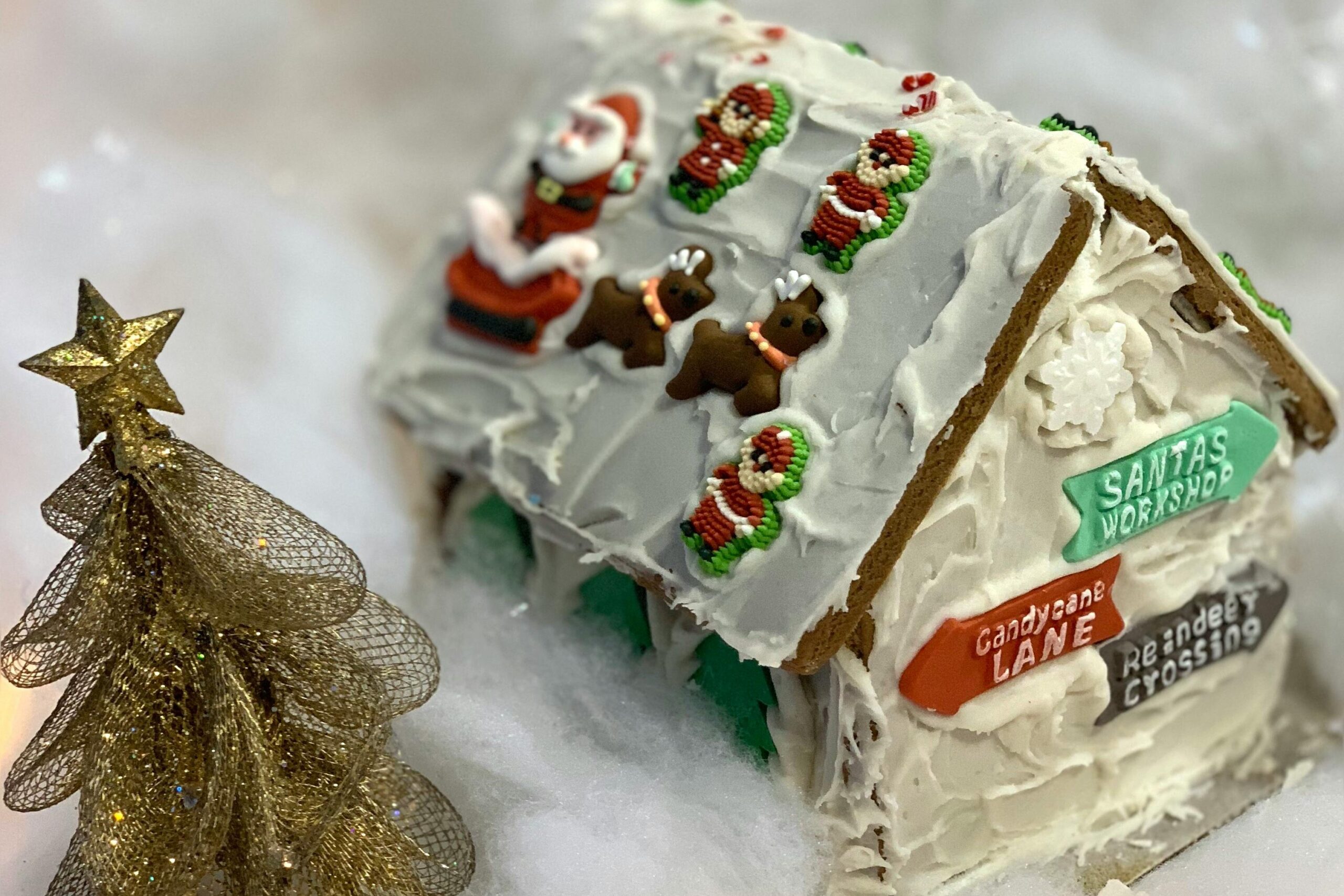
Building gingerbread houses was a fun and creative tradition that brought families together during the holidays. Whether it was from scratch or from a store-bought kit, the process of decorating a gingerbread house with frosting, candy, and sprinkles was a festive activity everyone could enjoy. Children especially loved the chance to create their own edible masterpiece, and the houses would often become part of the holiday décor. The whole family would gather around the table, laughing and trying to outdo each other with their decorating skills.
Nowadays, however, the tradition has become less common. Many families find it easier to buy pre-made gingerbread houses or skip the activity entirely. Between busy schedules, the stress of planning the holidays, and the appeal of simpler activities, gingerbread house-making has lost some of its luster. It’s not that people don’t enjoy the tradition, but with the pressure to keep up with other holiday obligations, the time-consuming nature of the craft has led many to put it on the back burner.
